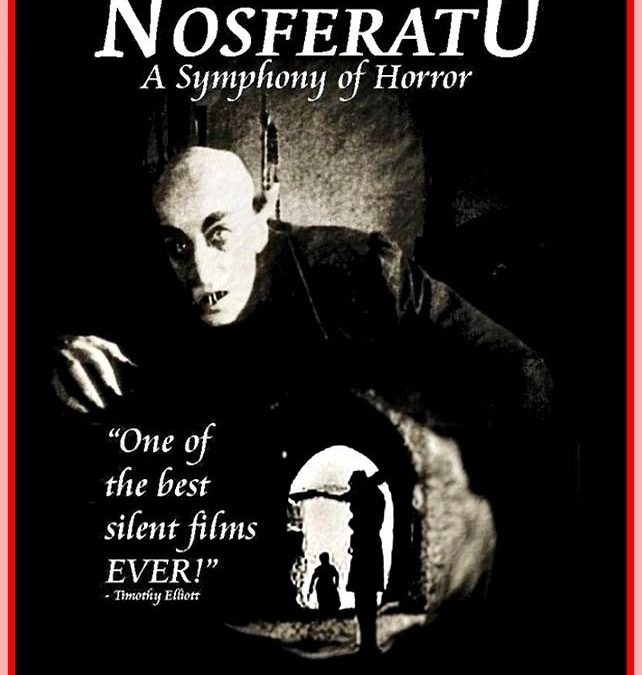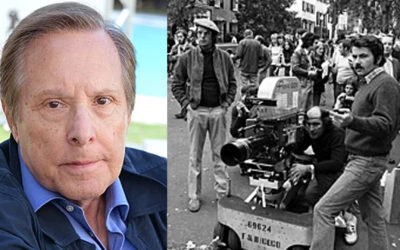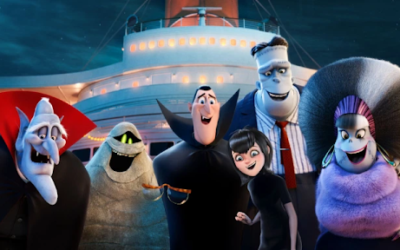If there is any horror icon that has seen more cinematic incarnations than most, it’s most certainly the world’s most famous vampire character, Count Dracula. First appearing in literary form as the central antagonist of Bram Stoker’s 1897 novel “Dracula”, the character has appeared in countless films and television programs. Some, like Gary Oldman’s take in Francis Ford Coppola’s 1992 “Dracula” film, stick fairly close to Stoker’s original vision, while others, like the animated lead of “Hotel Transylvania” (played by comedian Adam Sandler), present a more humorous interpretation. Of course, most people tend to connect the character to Bela Lugosi’s performance in the 1930 Universal horror film “Dracula”, largely due to it being one of the earliest, therefore most definitive, versions of the character. There is, however, one portrayal that dates even further back than Lugosi’s, albeit under a different name: the titular character of the subject of today’s discussion, “Nosferatu”.
Although names have been changed (largely as a means of avoiding copyright issues), the film more or less plays out exactly as it did in the original Bram Stoker novel. Sent to oversee a real estate deal with the mysterious Count Orlok, young Thomas Hutter travels to the country of Transylvania where he makes an arrangement to sell the count a house in his hometown of Wisborg, Germany. A string of bizarre supernatural circumstances begins shortly afterwards, and Hutter begins to suspect that Orlok may not be entirely human. Sure enough, the count is in fact a vampire, but Hutter discovers this too late, and it isn’t long until Orlok begins to pose a serious danger to not only the town, but also his wife Ellen,to whom the count has become infatuated with.
Much of what makes this early incarnation of the Dracula story so iconic can be attributed to the film’s director F.W. Murnau. One of the original pioneers of German cinema, Murnau used classics of horror literature as a stepping stone for his development into a cinematic auteur. Before Dracula, it was the story of Dr. Jekyll and Mr. Hyde that Murnau first translated into a cinematic medium with “The Head of Janus”, released in 1920, and six years later, he would adapt “Faust” into a cinematic work. It’s his 1924 film “The Last Laugh”, however, that may be his most significant contribution to the medium of cinema, as it innovated the concept of the subjective point of view (allowing the camera to “see” from the perspective of a character and reflect their state of mind), while also making extensive use of camera movement with a method that would come to be known as the “unchained camera technique”.
Still, “Nosferatu” remains Murnau’s most well-known work, and despite being overshadowed by the 1930 Universal film, it’s still widely hailed as one the great adaptations of the Dracula story. It’s a perfect film to watch during the Halloween season, and those interested can find the film at a variety of locations, including here at World Wide Motion Pictures.




